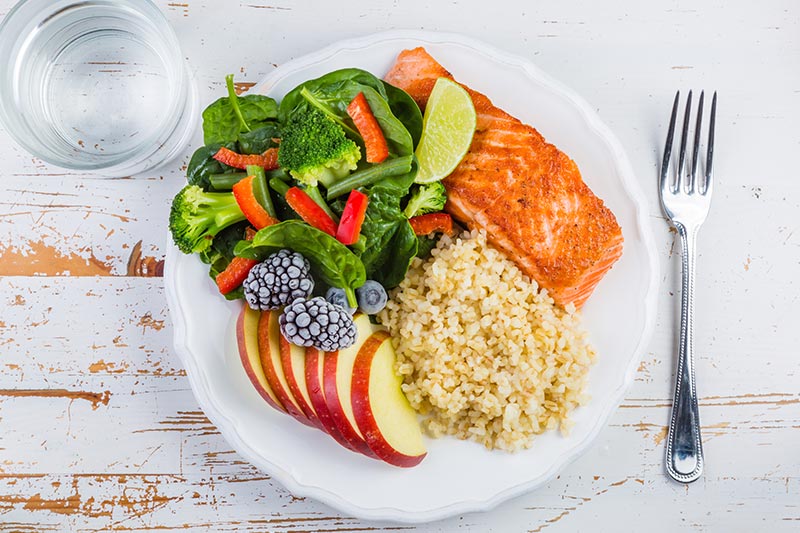We’ve all heard the saying ‘Seeing is Believing’ which states that the eyes are the gateway to the mind. If your food doesn’t look good, would you bother taking a bite of it? It's all about plating. Just as the aesthetic plane of food is important the ‘portion’ also matters especially if you are on a diet.
Diabetes is always accompanied by lifestyle modification where weight loss and a healthy diet play a major role. This involves calorie counting which can be overwhelming at times. Downsizing your meal with the help of smaller plates and portions will help make calorie counting much more easier.
Does plate size really matter?
The size of the plates can determine how much you eat, as a bigger plate can lead to overfilling with all kinds of food. Many studies have been performed showing eating food on a smaller plate does decrease calorie intake. Here are few tips: The plate should be prepared by you with adequate portions of healthy carbohydrates, protein, and fat. You shouldn't stuff your small plate with food that will occupy a smaller space and miss out on foods that don’t for example vegetables. What you eat is just as important as the plating. Finally, eating on your own will help you stick to your portions better.
Your meals need not be always on small plates it can also be in small bowls such as putting together a breakfast bowl in the morning would help with time restraint. But do note the nature of food is important a small bowl of mac and cheese would still over-run the calories provided by vegetables on a small plate.
Start slowly transitioning to smaller plates of 25 centimeters and get accustomed to it before moving on to bowls.
How to plate food?
Now that we know small plates help counting calories, what are the exact portions we should consume. Here are the three serving sizes described by Baker (diabetes and heart institute)
Carbohydrate with a low satiety index- occupies ¼ of the plate.
Lean protein - occupies ¼ of the plate
Vegetables - occupies ½ of the plate (this can be shared with fruits)
It’s all about ‘plating’
Carbohydrates
Foods like pasta, noodles, rice, sweet potato, corn, grain bread, legumes or lentils must be only of a fist-size serving. As carbohydrates increase glycemic levels rapidly and excess carbohydrate is stored as fat, this serving is best avoided to prevent a spike in glycemic levels.
The above-mentioned foods have a low satiety value which means it is digested easily. Choosing carbohydrates that are high on the satiety index such as quinoa, oats leave you feeling full even when consuming a fewer calories.
Proteins
Lean protein such as beef, lamb, pork, chicken, fish, tofu, legumes, and lentils must be of a palm-size serving. If you tend to choose plant-based protein such as dried beans be sure to reduce the carbohydrate content accordingly.
Vegetables
They occupy the majority of the plate and they must be the portion of two open hands. All kinds of vegetables are rich in vitamins and minerals that are needed for our body and they are also rich in fiber which is what puts them high on the satiety index. Be sure to choose non-starchy vegetables such as broccoli, cauliflower, carrots, and beans. Plate 1-2 cups of vegetables in the form of a salad, cooked or stir-fried. This portion can be shared along with fruits (1 cup of fresh fruit)
Diary
This food group does not have a place on the plate but it is just as important; a cup of low-fat milk for breakfast or Greek yogurt for lunch is a good way to add calcium and protein into the diet.
Fat
This group of food as well does not have its own place but it still goes on the plate. Sticking to a thumb-size portion with just 1 teaspoon of olive oil dressing, mayonnaise or margarine will meet the required amount of fat.






